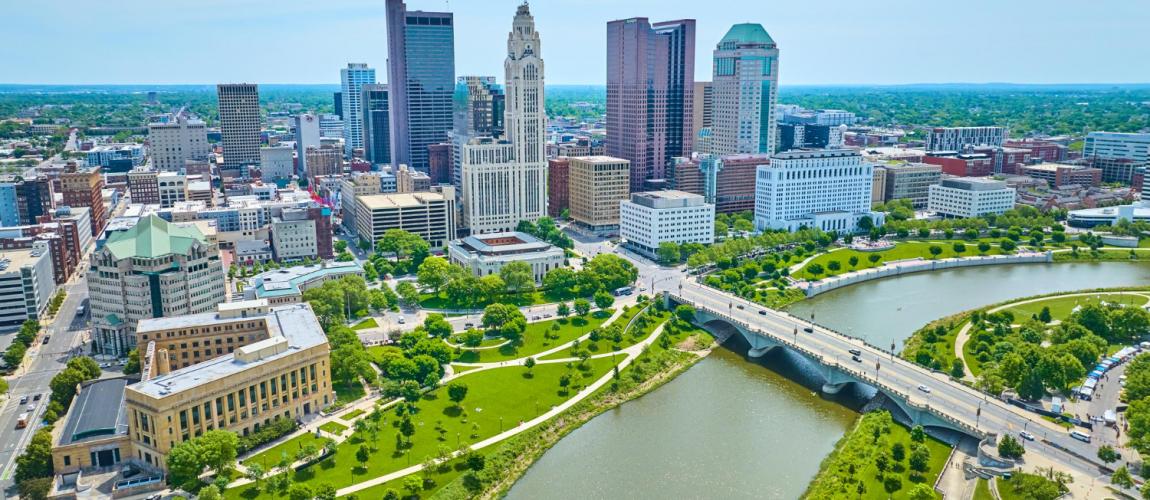South Waterfront Central District Greenway, Portland, Oregon, United States

Photo Credit: Image by Freepik
On this page: A case study on South Waterfront Central District Greenway, Portland, Oregon, United States. Find more at the Municipal Public-Private Partnership Framework - Project Summaries section for brief summaries of around 100 projects from around the world, examples of successes and challenges, as well as innovative ideas on solutions, or visit the Guidelines to Implementing Asset Recycling Transactions Section Overview and Content Outline, or download Full Version of the Report.
Project Summary: Background In 2003, the Portland Development Commission formed a partnership with major private developers to transform the South Waterfront Central District from an underused riverfront industrial area to a vibrant, mixed-use central city neighborhood. Most of these developers already owned land in the areas to be developed by the project. Project Structure The South Waterfront Development Plan comprised three phases that aimed at progressively developing the area’s transportation, housing, sanitation, and public recreation infrastructure. This plan included the development of the South Waterfront Greenway (SWG), 1,900-meter linear park and urban walkway/ transportation lane along the west bank of the Willamette River, which aims to connect people to Portland’s downtown, central eastside, and the City’s bike and pedestrian network. SWG opened to the public in 2015, intending to create momentum for the other planned housing and commercial developments in the area, including condominium towers, apartments, and neighborhood retail and services, as well as the Oregon Health & Science University’s plans for a campus expansion. The owners of the land needed for the development of SWG, which included private developers and Oregon University, agreed to dedicate the land for the project at no cost to the City. The City oversaw the Greenway Development Plan and two of the developers agreed to pay USD 25,000 towards the cost of the Plan’s design development. Although the City was not obligated to commence construction until after substantial completion of other buildings in the area by the developers, the City contracted for the construction of the Greenway right after the land dedication had been completed. The City will operate and maintain the Greenway parcel. Funding and financing for the project was provided by a variety of sources. These included: USD 9.26 million in Parks System Development Charges, USD 4 million in Tax Increment Funding obtained from the North Macadam Urban Renewal Area, USD 1.42 million from TriMet (Portland’ public transportation provider), USD 750,000 in Environmental Remediation funding from the City’s Bureau of Environmental Services, and USD 68,000 in miscellaneous Portland Parks & Recreation funding.1 Lessons Learned Environmental impact In addition to the aims of better connecting the City, offering an alternative recreational space to Portland’s citizens, and being a catalyst for other development projects, the SWG also planned to restore the riverbank to a more natural condition and provide a better habitat for juvenile salmon. The project also included several systems that would improve the environmental condition of the landscaped areas of the SWG, such as the installation of bioswales that cleanse rainwater from contaminants before it arrives in the Willamette River. Stakeholder engagement As part of the initiative to reclaim the river’s edge from the industrial activities that characterized the area decades ago, the City and the private partners engaged with stakeholders at different levels and across sectors. For example, they engaged with environmental advocates to design a project plan that would meet all the objectives of the development plan of the City without compromising the natural habitat. Likewise, a strong emphasis was given to building consensus among stakeholders and getting support for the initiative while balancing their individual needs and objectives. Footnote 1: Source(s), accessed 21 March 2019: https://www. portlandoregon.gov/ parks/45643 https://web.archive.org/ web/20051223044028/ http:/www.pdc. us:80/pdf/ura/north_ macadam/greenway/ fact_sheet.pdf http://vmw.pdc.us/ura/ north_macadam/sowacentral- district.asp
This is a new section of the PPPLRC website and is currently in draft form. Your feedback is welcome: If you would like to comment on the content of this section of the website or if you have suggestions for links or materials that could be included please contact us at ppp@worldbank.org.
To find more, visit the The Municipal Public-Private Partnership Framework - Project Summaries section, the Guidelines to Implementing Asset Recycling Transactions Section Overview and Content Outline, or download Full Version of the Report.
Updated: March 9, 2024